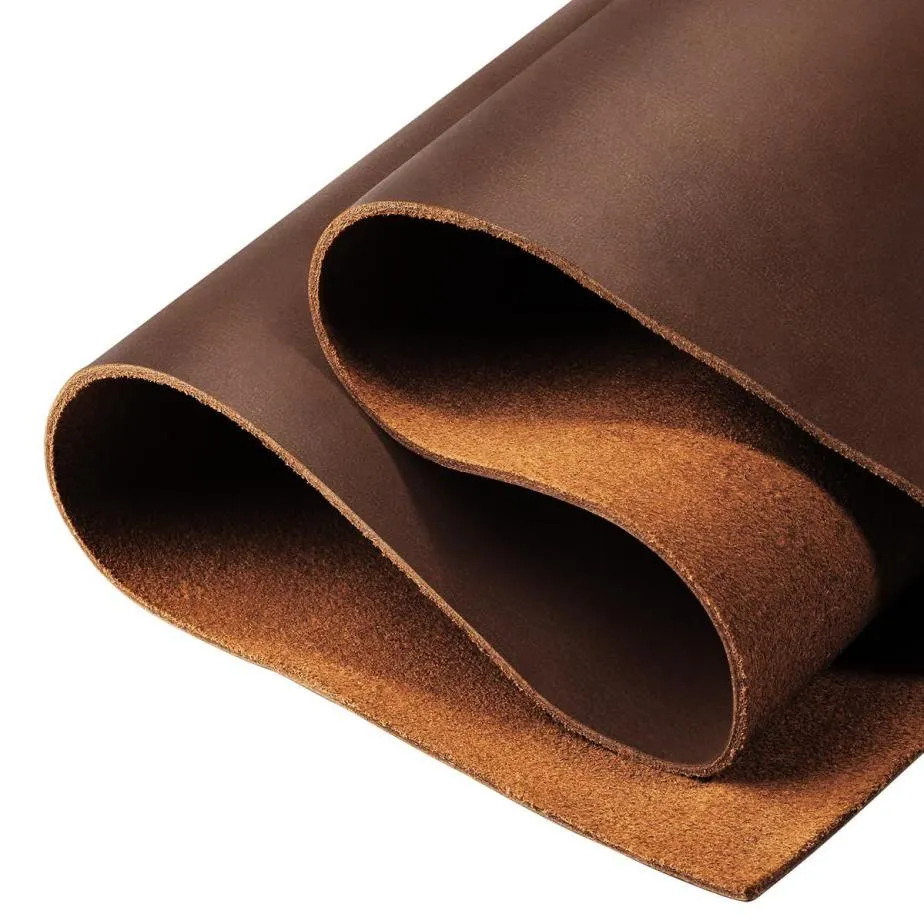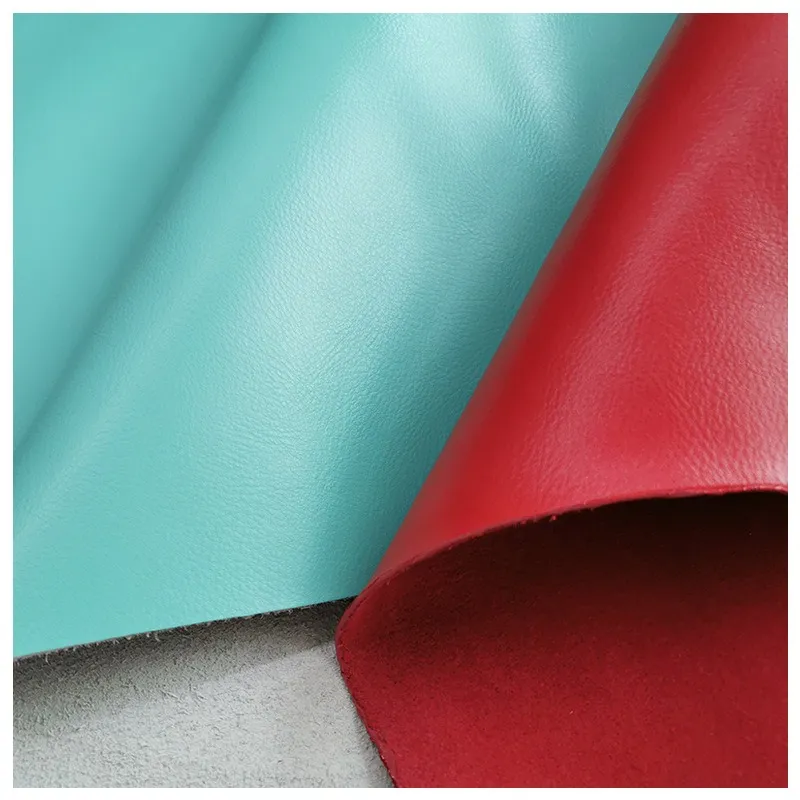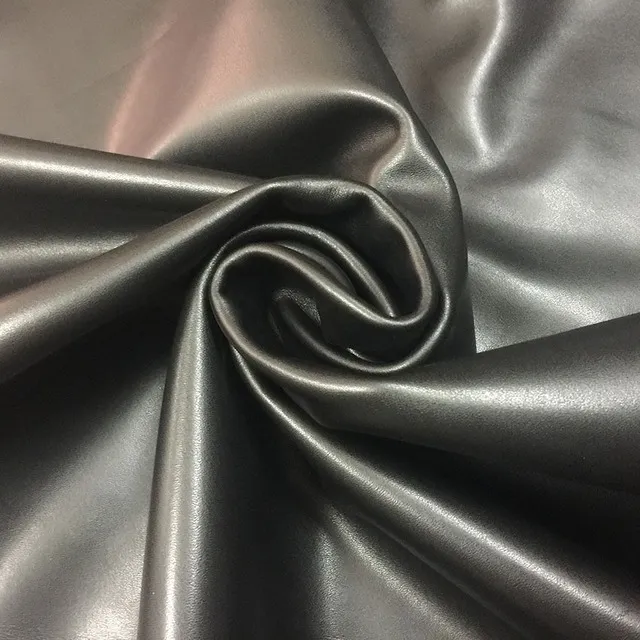When it comes to choosing the perfect bag, understanding the types of leather for bags is crucial. Leather, a timeless material, not only adds style but also durability to bags. Let’s dive into the different types of leather commonly used in bag - making and explore their unique characteristics.
Full Grain Leather: The Paragon of Quality
Full-grain leather is the epitome of genuine leather. It’s genuine leather, made directly from the hide of an animal without any significant alterations. In contrast, imitation leather, also known as synthetic leather, is a man-made material designed to mimic the look and feel of genuine leather. Full-grain leather has a natural breath ability and flexibility that imitation leather can’t replicate. But imitation leather can be more affordable and easier to care for in some ways.

Genuine Leather vs. Imitation Leather
Full Grain LeatherFull-grain leather is generally considered the highest quality leather for making bags. It’s made from the top layer of an animal hide, retaining its natural grain and texture. This leather is extremely durable and resistant to wear and tear, making it a popular choice for high-end bags. The natural grain of full-grain leather gives each bag a unique look, and over time it develops a beautiful patina that enhances its beauty.
Full-grain leather is a great choice for those who are looking for a travel leather bag. It is durable and strong, and it protects your belongings. Whether it is a weekend getaway or a long-haul flight, a full-grain leather travel bag will not only look stylish, but will also last for a long time.
Top-grain leather: A close second
Top grain leather is another high - quality option among the types of leather for bags. It is made by removing the very top layer (the grain surface) of the full grain leather, which eliminates any imperfections. This results in a smoother surface compared to full grain leather. Top grain leather is still highly durable and is commonly used in mid - to high - end bags.
In the context of
leather bag for travel, top grain leather offers a good balance between durability and weight. It is lighter than full grain leather, making it more convenient for travelers who need to carry their bags for extended periods. Additionally, top grain leather can be dyed in a wide range of colors, allowing for more variety in bag designs.
Split Leather: A More Affordable Choice
Split leather is made from the bottom layer of cowhide with the top layer removed. It is less expensive than full-grain and top-grain leather, making it a popular choice for budget-friendly bags. However, split leather is not as durable as high-quality leather, is more susceptible to scratching, and may also have a shorter lifespan.
For travelers on a budget, travel bags made from split leather are a great option. While it may not offer the same protection and durability as full-grain or top-grain leather, it can still provide a stylish and practical solution for short trips. However, it still has the advantage of being a natural material, which makes it feel better and more breathable than faux leather.

Reconstituted Leather: A Reconstituted Leather Choice
Reconstituted leather is made from leather scraps and fibers bonded together with a polyurethane (PU) adhesive. It is the lowest quality of the types of "leather" used to make bags. Reconstituted leather has a more artificial look and feel than other leather types. It is less durable and tends to flake over time.
Reconstituted leather is not the best choice if you are considering buying a travel leather bag. They may not withstand the demands of travel and their appearance will deteriorate quickly.
Genuine Leather vs. Faux Leather: Recycled Leather Bags
Although recycled leather contains some genuine leather fibers, it is closer to faux leather in terms of quality and performance. It lacks the natural strength and durability of genuine leather due to the heavy use of synthetic materials in its production process.
PU Leather: Faux Leather Alternative
PU leather, also known as polyurethane leather, is a synthetic material that is often used as a cheap alternative to genuine leather. It is made by coating a fabric base with a layer of PU leather. PU leather has a wide range of colors and textures, and can be made to look very similar to genuine leather. It is also easier to clean and maintain than most genuine leathers.
PU leather bags are a good choice for those who want a stylish travel bag but don't want to bear the high cost of genuine leather. However, it is important to note that PU leather does not last as long as genuine leather. After a few years of use, especially when exposed to sunlight and humidity during travel, PU leather may begin to crack or fade.

Genuine Leather vs. Faux Leather: The Battle of PU Leather
PU leather is the poster child for faux leather. While it is an affordable and versatile bag option, it lacks the authenticity, breath ability, and long-lasting durability of genuine leather. However, for consumers on a tight budget or who prefer an animal-friendly option, PU leather can still provide a practical and stylish bag.
In conclusion, understanding the types of leather for bags is essential when making a purchase. Whether you prioritize quality, durability, affordability, or style, each type of leather has its own pros and cons. By considering your needs, especially if you’re looking for a leather bag for travel, and the differences between genuine vs faux leather, you can make an informed decision and find the perfect bag for your lifestyle


